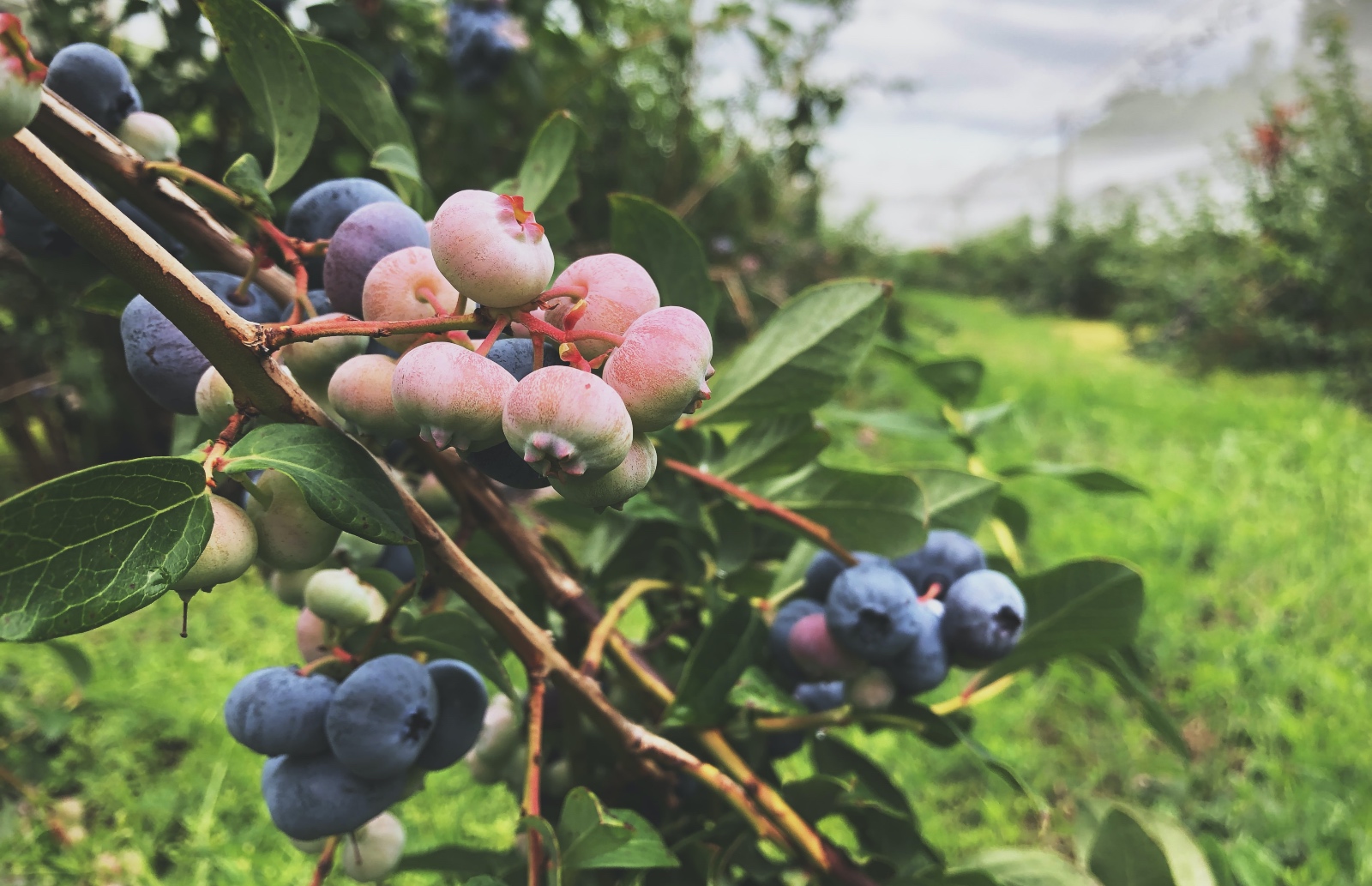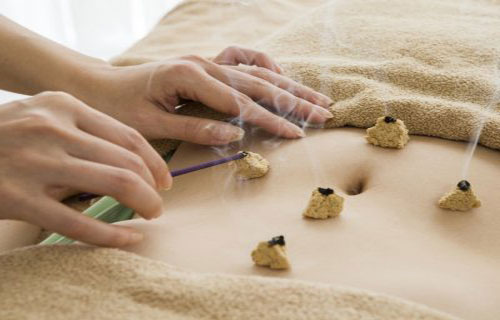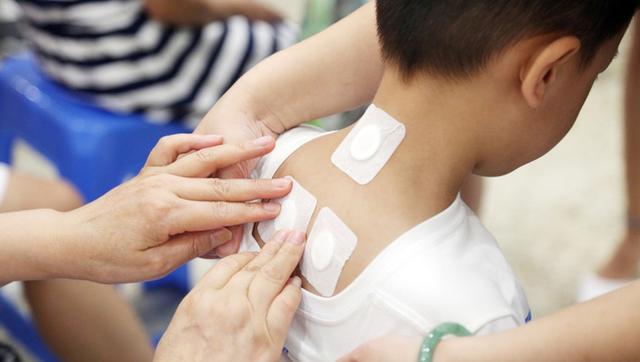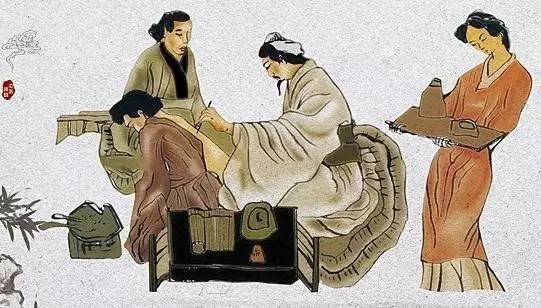One of my favorite aspects of my job is getting to look back to the wisdom of the past that in modern life we may have forgotten. Before we get into specifics of how to treat winter illnesses in summer, let’s review a little Chinese medicine theory to understand why summer is such a great time to optimize your health.
The Seasonal Mandate of Summer: Heat and Maturation
At this point most people are familiar with the Chinese terms of Yin and Yang. They are terms that refer to interconnected opposites, and they exist on a spectrum from extreme to mild.
At its extreme yin is darkness, night, moisture, cold, stillness, rest, form or mass. The season of extreme yin is winter. On the other end of the spectrum yang is light, day, dry, hot, movement and action and function. The season of extreme yang is summer.

The seasonal mandate of summer is maturation.
By May the fast upward sprouting and growth of spring has started to slow and mellow to energy to becoming the outward expanding energy of ripening and maturation. Ripening cannot occur without heat, and it is that same heat and light that can be used for our advantage in treating problems that arise from under functioning metabolism.
There are many disorders that are attributed to weak yang energy in one or more of our organ systems. For example, weak yang in the Spleen often correlates with poor breakdown and absorption of nutrients and weak digestion in general. Weak Kidney yang is associated with symptoms of what is often referred to as adrenal fatigue or HPA axis disfunction. So it makes sense that the summer is a great time to treat problems that relate to hypo-function in the body.
The organ system that correlates the most with summer is the heart, and this is reflected in improved circulation and sweating. So this is also a good time to help people who have poor circulation, and feel chronically cold or weak.
Now let’s get into a few therapies that work best in summer time.
- Responsible Sunbathing in Summer to Prevent Infection in Winter
As human populations, especially in developed countries, have started spending more time indoors, health researchers are better understanding the role of Vitamin D (produced in the body by sun exposure on the skin) in relation to the immune system. In short, Vitamin D deficiency is associated with higher rates of respiratory infections and autoimmune problems such as allergies.
At the same time, overexposure to sun is highly correlated with skin cancer, and has a general aging effect on the skin.
So what is a health conscious individual supposed to do?
Get your sun exposure in doses. If you aren’t planning to be outside for most of the day, spend some time sitting in the sun. How much time is best depends on how dark or light your skin is. For those with darker skin, 30 minutes or even more than an hour is optimal. For the many fair skinned people in the Pacific Northwest, 15 minutes is enough. Getting your sun earlier or later in the day is also safer than getting it between the times of 11:00 to 3:00, when the sunlight is at its strongest.
For those who will be active outdoors for hours at a time, sunblock, hats and protective clothing are recommended, in addition to taking time to rest in shade.
Vitamin D is only available from foods such as cold water fish and mushrooms. That is why despite the damage sun can do to skin, many health care providers still feel getting Vitamin D from sun exposure has more benefit than simply taking a supplement. The key is getting the exposure in moderation.
2. Heat Therapy to Improve Digestion

East Asian Medicine includes a multitude of different therapies outside of acupuncture. One of the lesser known therapies is called moxibustion, named for the lighting processed moxa or mugwort to heat individual acupuncture points. There are two types of moxibustion: direct and indirect.
Direct moxibustion involves forming small cones of loose mugwort and burning them directly on the acupuncture point, then removing the cone before it causes a burn. This should generally only be done by a licensed acupuncturist.
Indirect moxa involves using a longer wand of bound mugwort (called a punk) and holding the smoldering end above an acupuncture point. This is a common home therapy and is safe for patients to perform on themselves with proper precautions.
There are common acupoints on the body that receive moxibustion therapy. Many are on the abdomen and are helpful for improving digestion, and energy for those with weaker constitutions. For women with menstrual disorders, moxibustion is also often helpful as well. Summer is a great time to do moxibustion therapy, because the seasonal heat is already supporting the body with extra warmth, and it has to do less work to maintain homeostasis.
3. Herbal Poultices to Prevent Allergies
Poultices are external applications made from herbs that have been macerated or ground and then mixed into a paste. They are often used for injuries such as strains or contusions. However, they can also be applied in small amounts to individual acupoints and left on for therapeutic benefit.
One such therapy that is regaining popularity in China and Taiwan is Celestial Moxa or san fu tie. This therapy involves applying a warming herbal paste to acupoints on the back during the hottest days of the summer to maximize the warming effect, and improving the function of the lungs and kidneys. This therapy was rediscovered in ancient medical texts and anecdotally has proven effective in reducing the severity of colds, asthma and lung infections in the winter, and allergies in the spring and fall. It tends to work best if repeated over multiple summer seasons.

Celestial moxa or san fu tie uses the application of a poultice to acupoints on the back.
Summer is a great time to prevent illness that can occur in other seasons. If you have any questions on the details of how to do some of these therapies for yourself, and whether they are appropriate for you, schedule an appointment so I can point you in the right direction.

